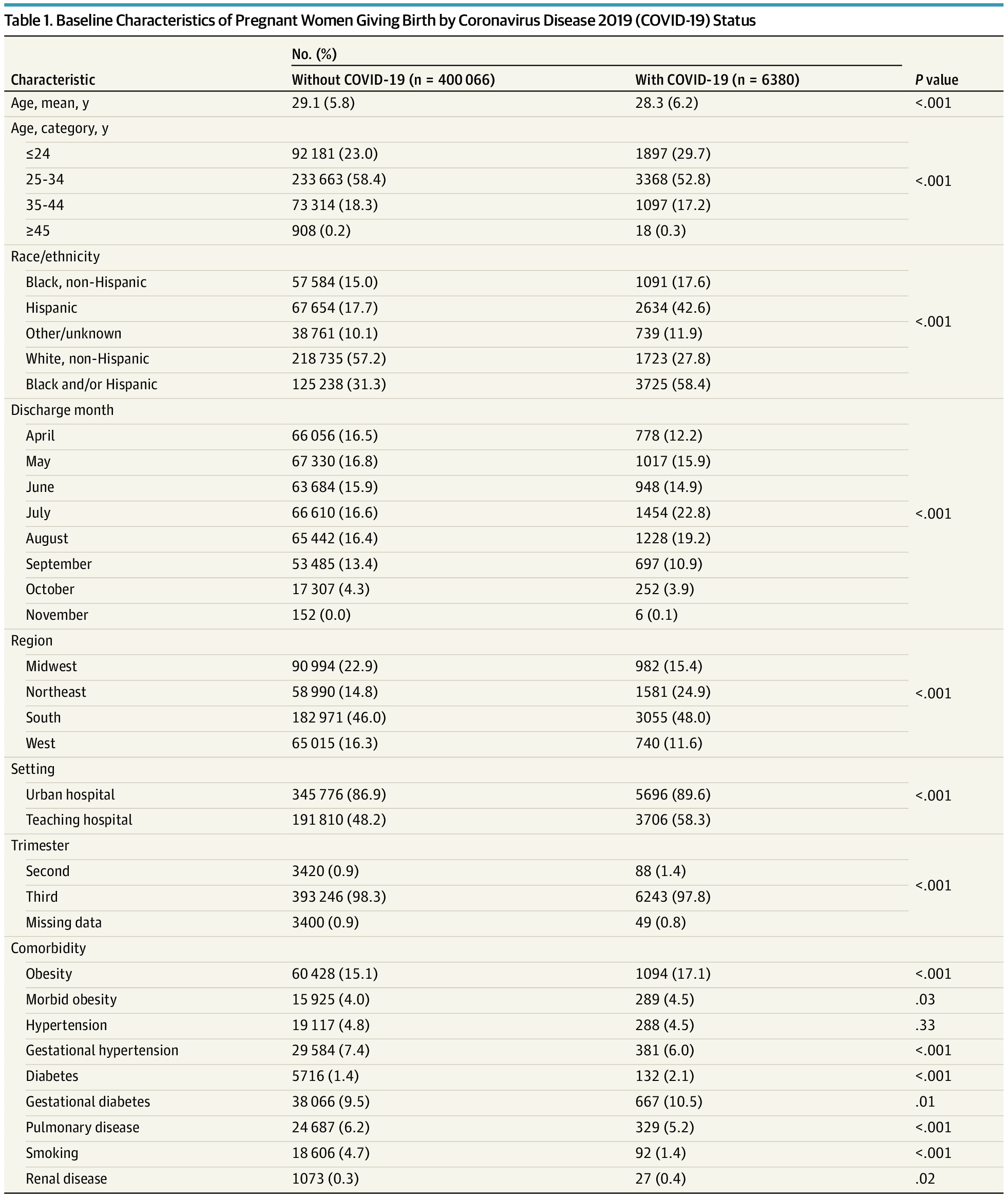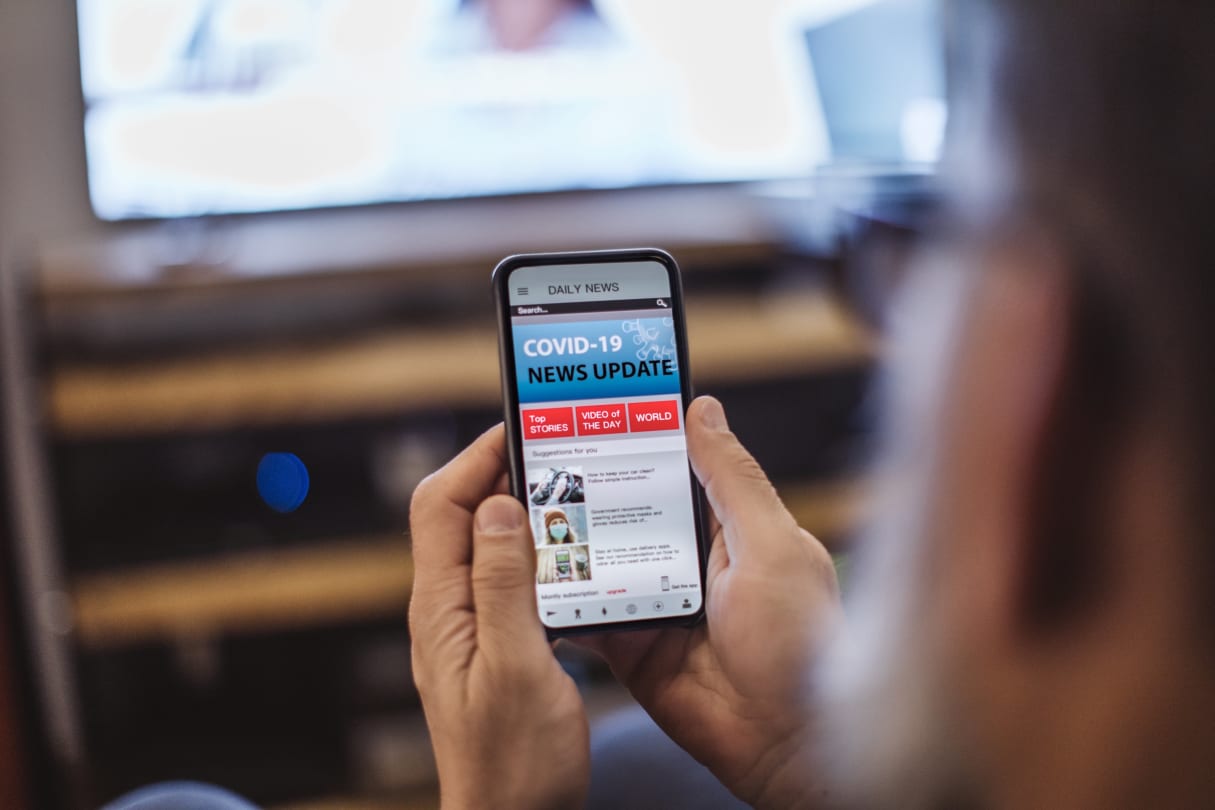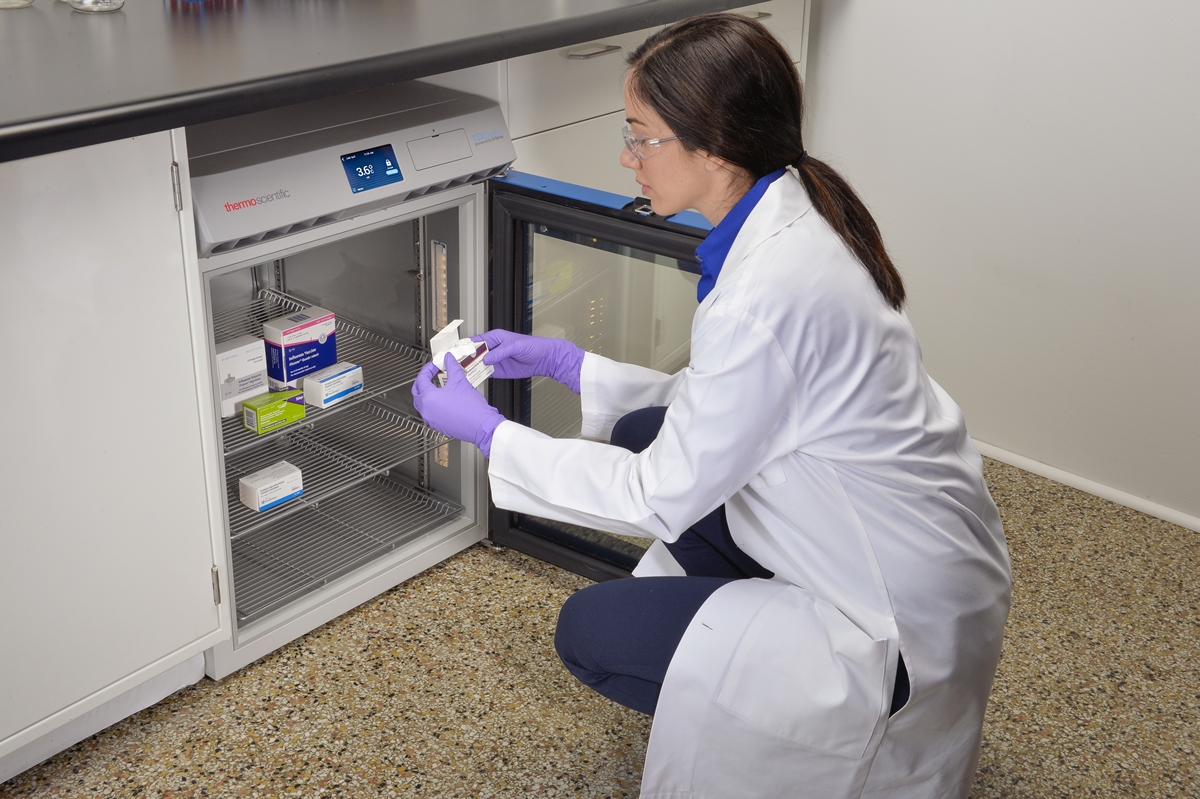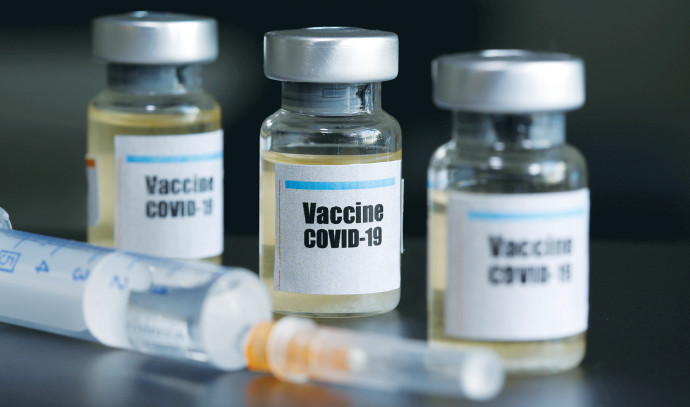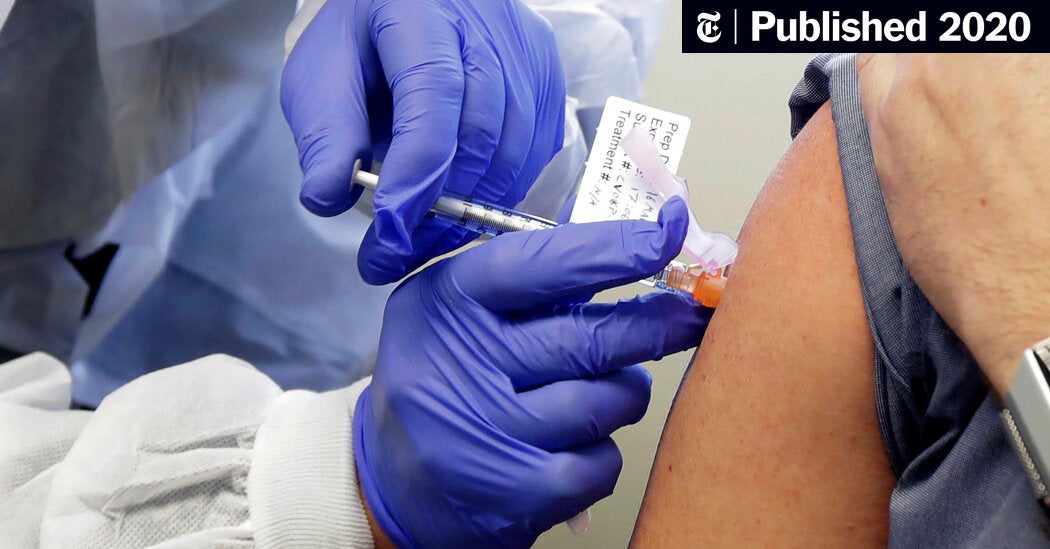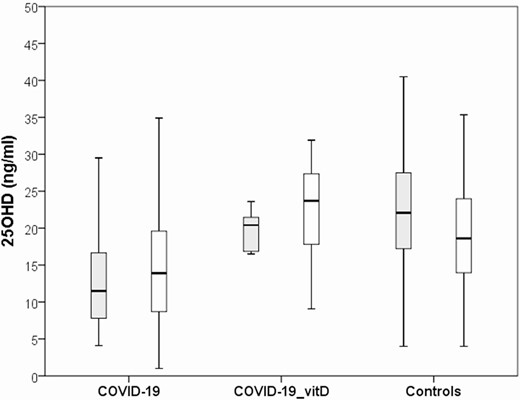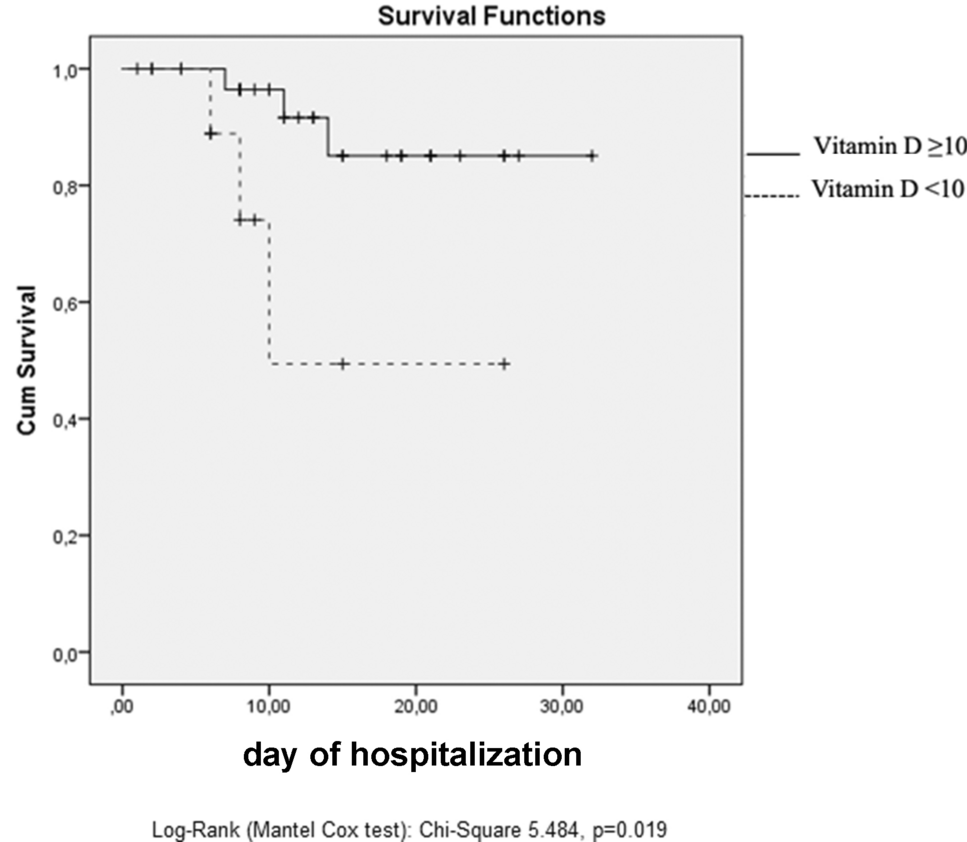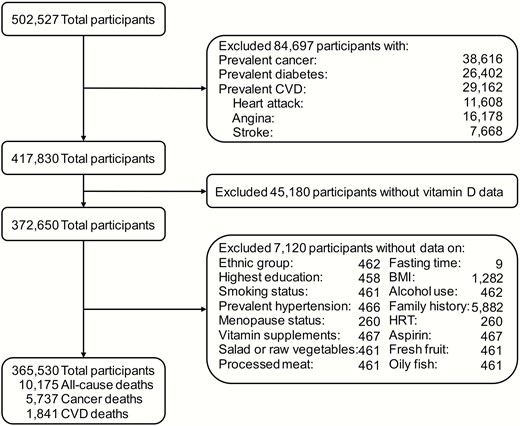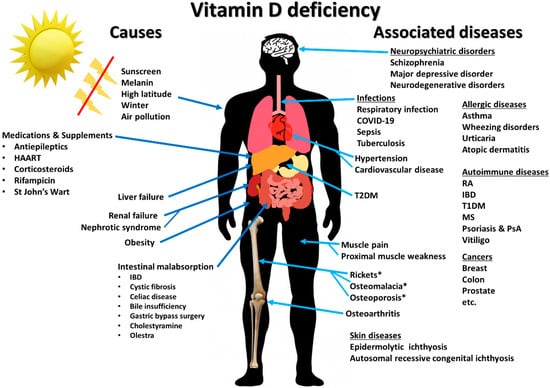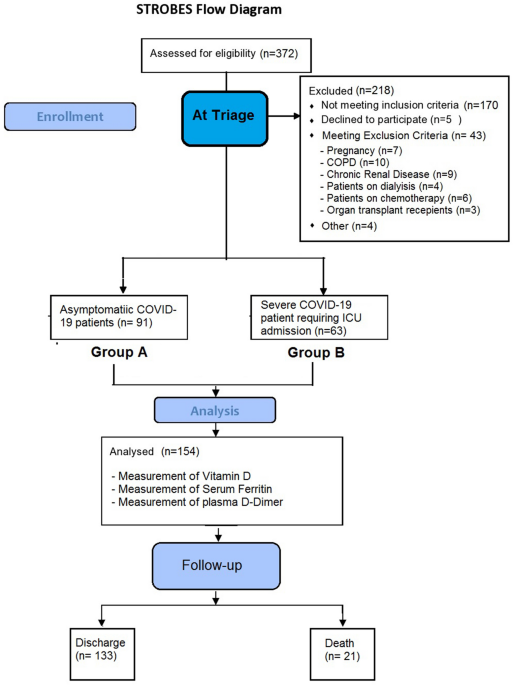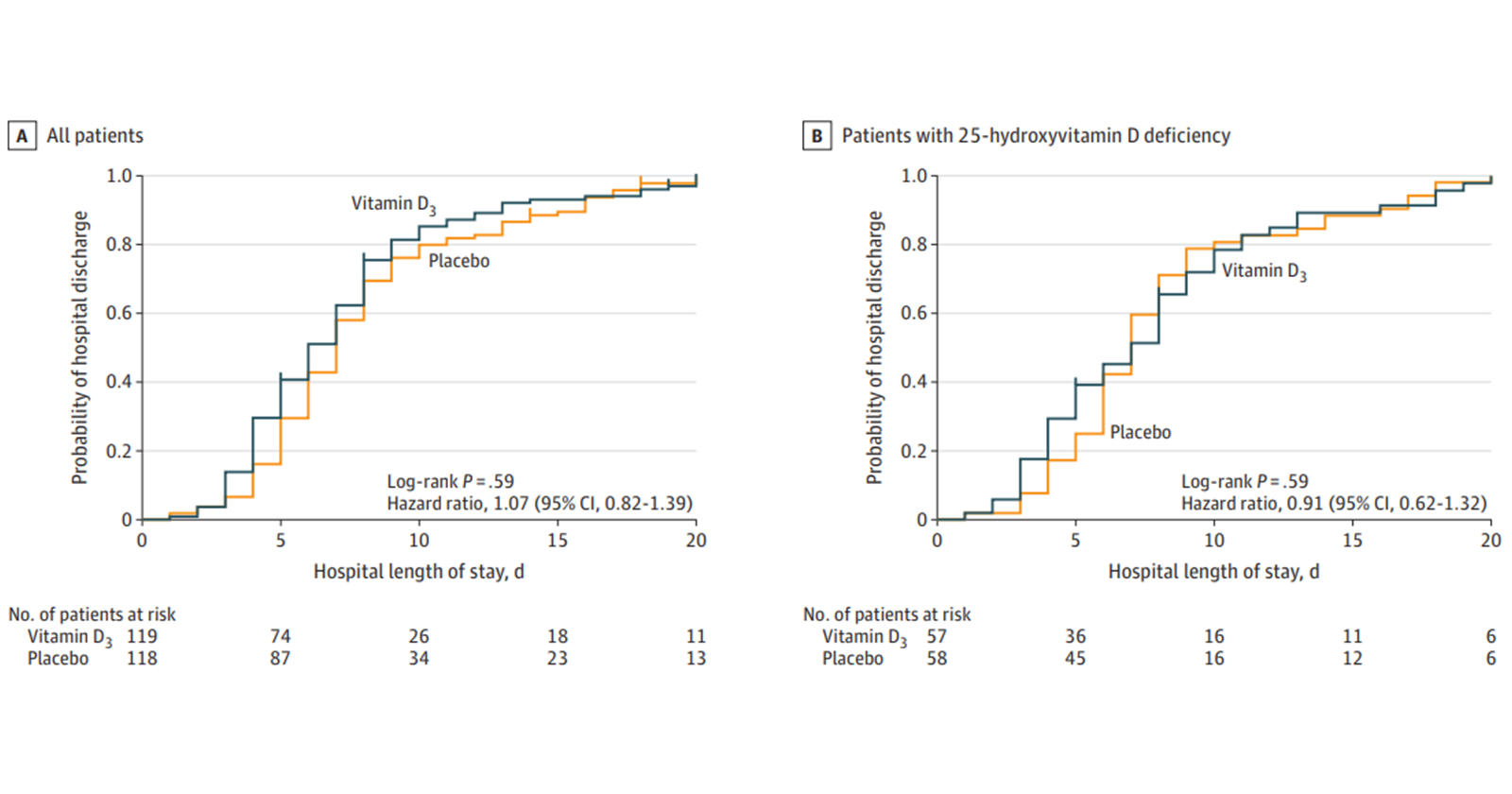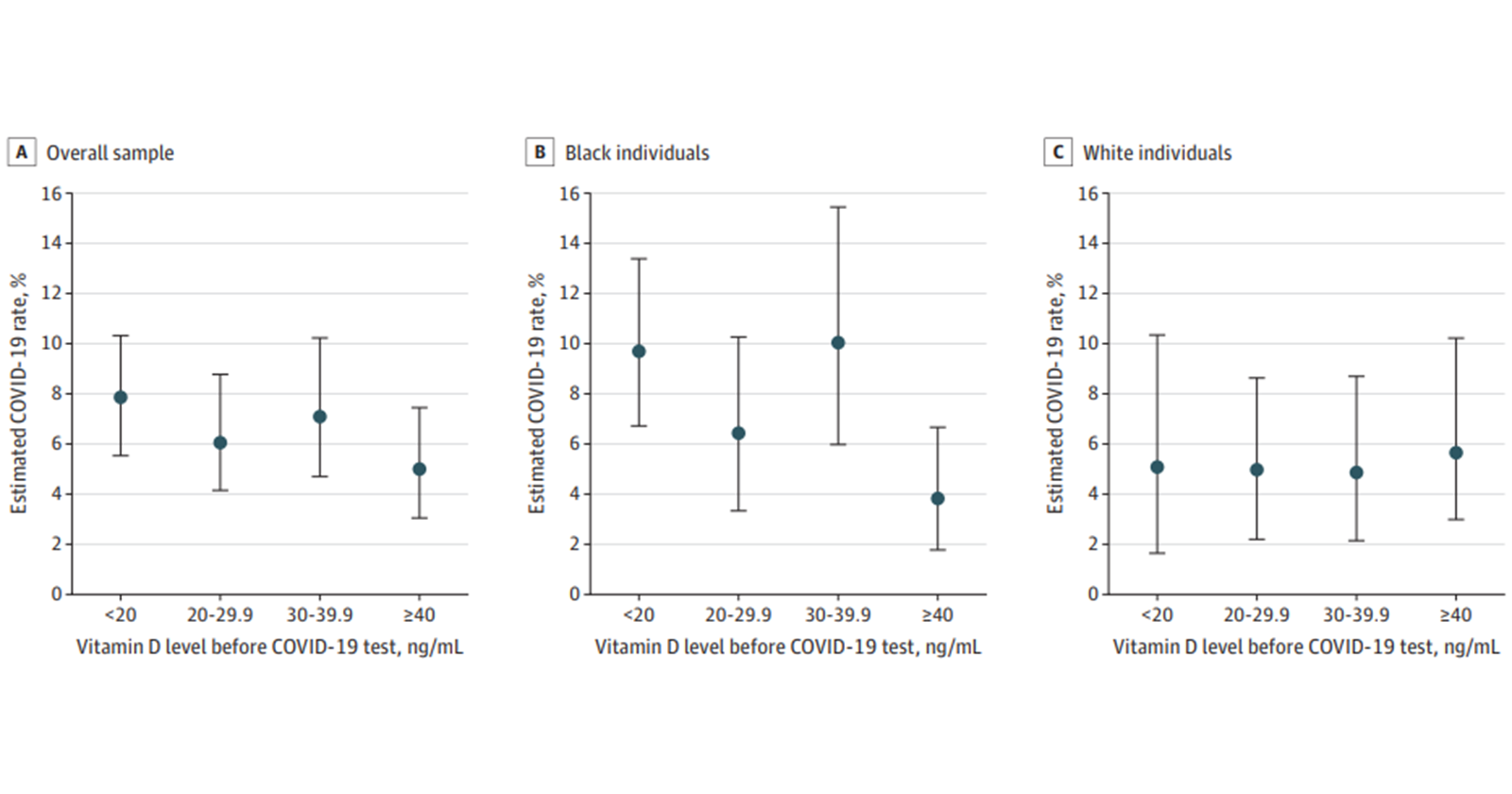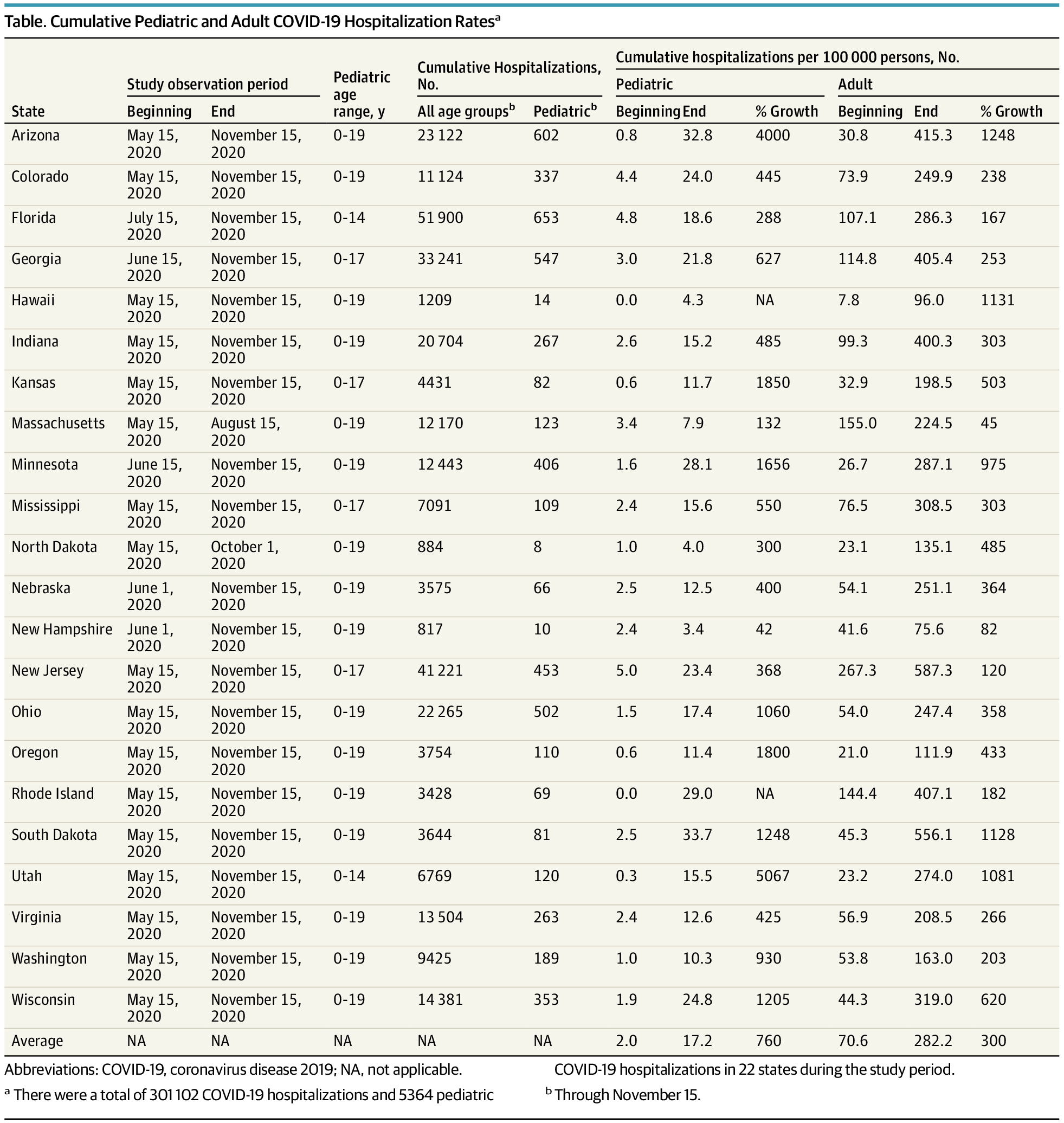J & J Vaccine - 90% Efficacious
After a single dose vaccination, data showed neutralizing antibodies against COVID-19 were detected in over 90 percent of study participants at Day 29 and 100% of participants aged 18-55 years at Day 57. These neutralizing antibodies remained stable through Day 71, currently the latest timepoint available in this ongoing study, in all participants aged 18-55 years.
After a single dose vaccination, data showed neutralizing antibodies against COVID-19 were detected in over 90 percent of study participants at Day 29 and 100% of participants aged 18-55 years at Day 57. These neutralizing antibodies remained stable through Day 71, currently the latest timepoint available in this ongoing study, in all participants aged 18-55 years.


